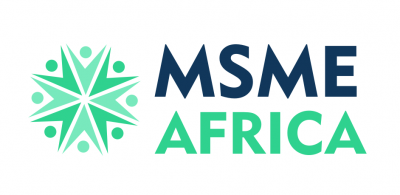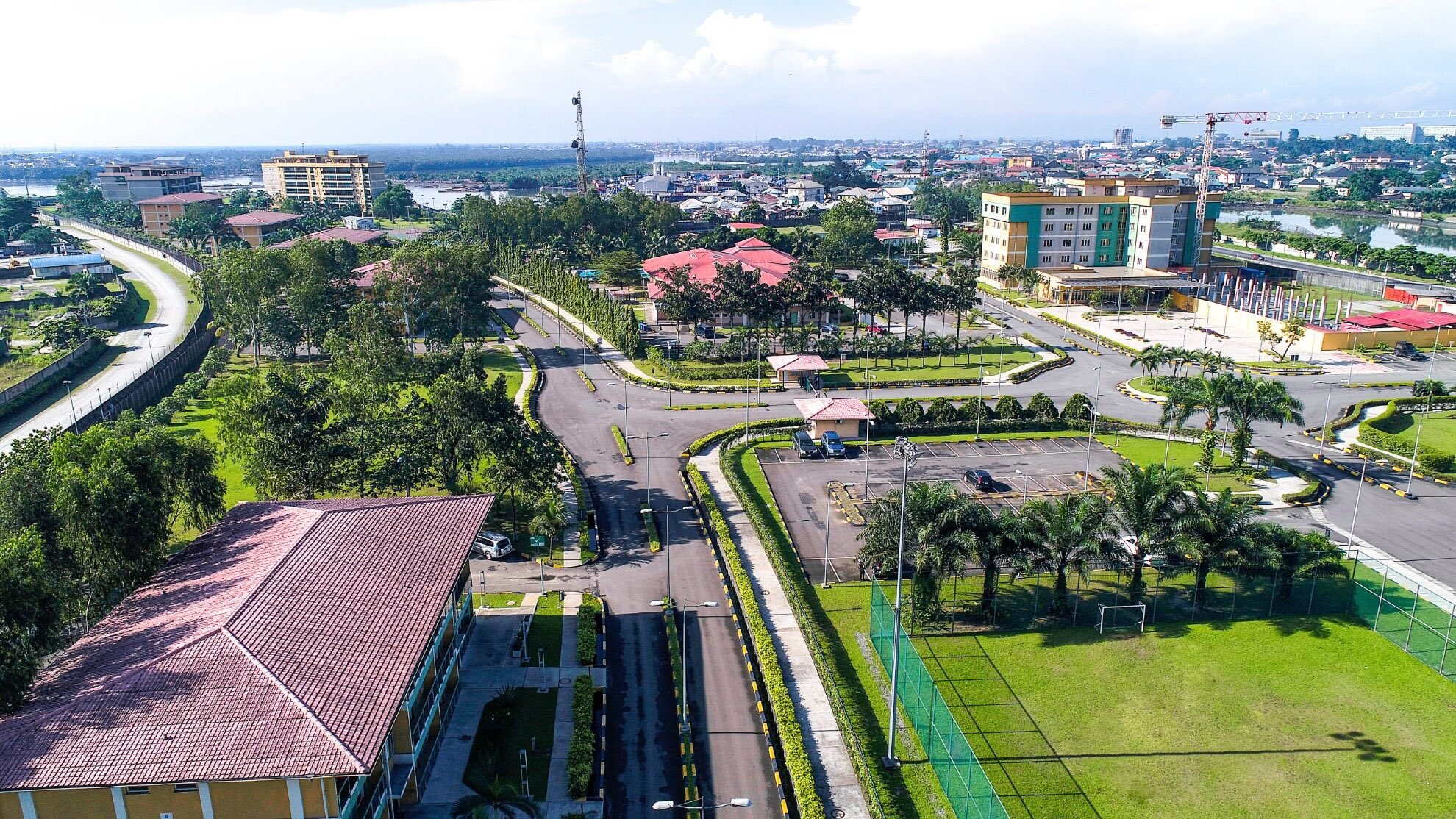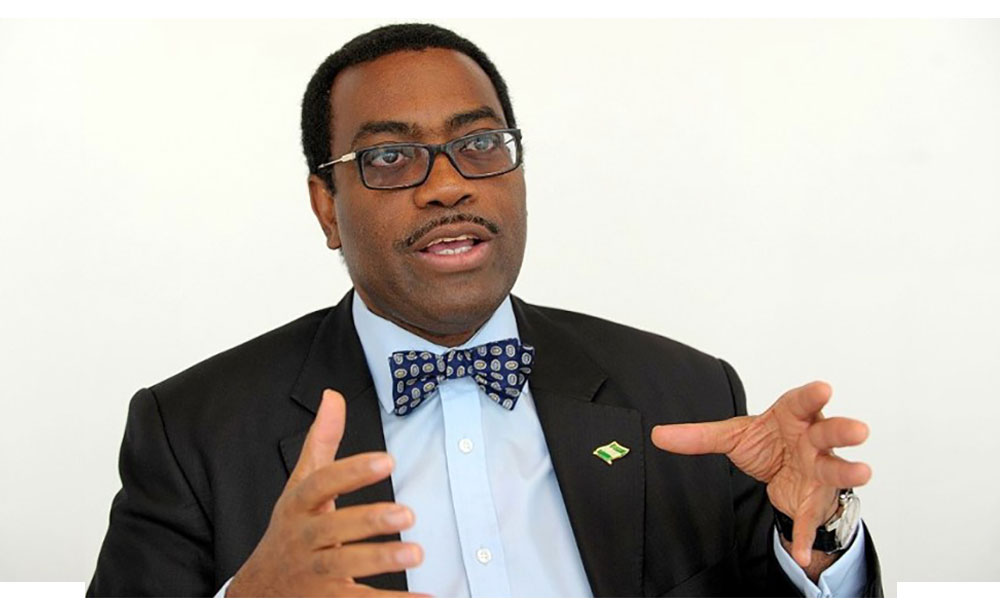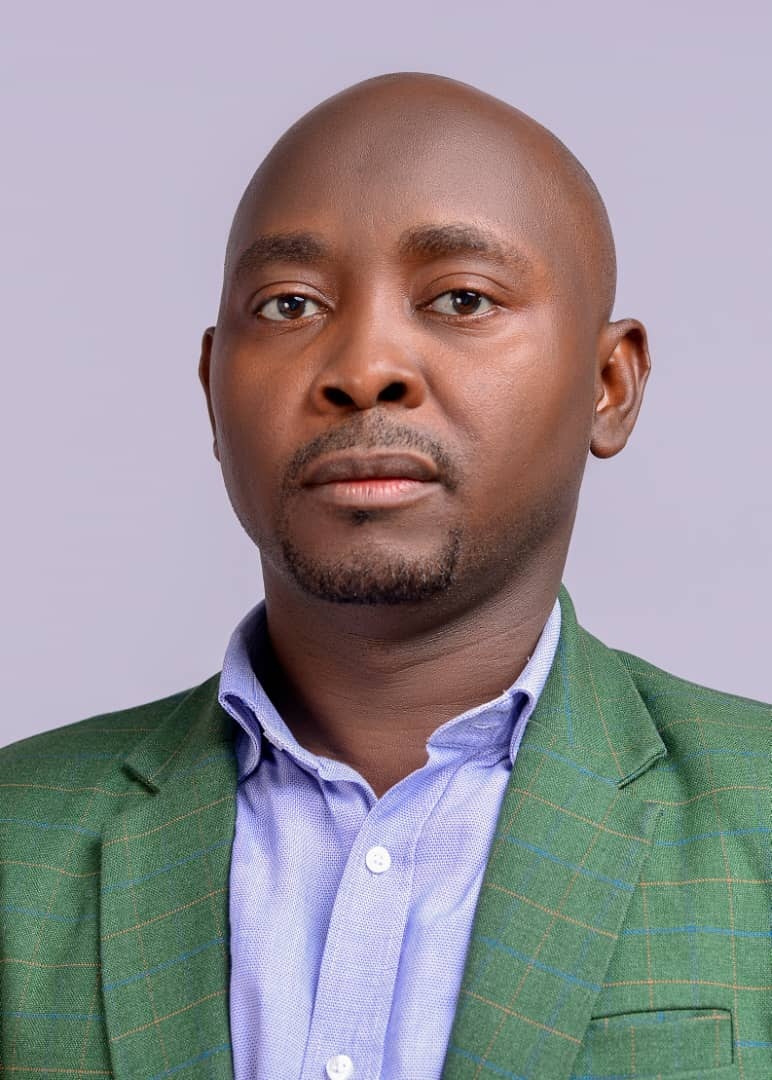As countries in West and Central Africa face a rising demand for power, fuelled by growing populations and industry, there is an opportunity to introduce an improved energy mix to aid them on their journeys to reduce carbon emissions. According to Kweku Frempong, recently appointed as Area General Manager for West and Central Africa (WACA) at Aggreko , it is critical as countries look to increase their energy generation capacity to look at flexible commercial and technical solutions that incorporate a mix of thermal and renewable resources.
“As Aggreko we are leading the journey on transitioning to more eco-friendly fuels to generate electricity,” he says. “As a global organisation we have already made a commitment to reduce our carbon emissions and use of diesel fuel with customers by 50% by 2030 and achieving net-zero across our fleet by 2050. We are also working closely with our partners to deliver flexible and cost-effective financing models for most of our customers as a sustainable financing model is a key ingredient in solving the energy issues in the region.”
John Lewis, Managing Director at Aggreko Africa, says that Kweku has a critical role to play in the region to drive Aggreko’s transition. “He has a very clear vision for us in the region, which is in support of our global transition and will assist our clients in meeting their own carbon neutrality goals.”
Kweku adds that along with the move to using alternative fuel sources in the region, there is also an aggressive push for decentralised power on the continent, especially in remote areas with small populations where it is not cost-effective to connect them to the grid. “We have seen growth in micro and mini grids in most parts of Africa and this is playing a critical role in ensuring energy security and supporting failing infrastructure.”
Countries like Cote d’Ivoire, Ghana and Nigeria have long faced long periods with no investment in the grid and transmission and distribution lines. “The lack of investment into the grids in these countries have led to a lot more power outages,” he says. “It is estimated that there is a 60% funding gap between the current demands and the funds available to bridge that gap. I must add, however, that we are beginning to see changing economic models and structures with more countries moving to service and cost-reflective tariffs. Historically, we have lived with energy subsidies from government in post parts of Africa, but these cost-reflective tariffs, will open up most of these economies for the much-needed funding that is required.”
Kweku says another noticeable trend is that of regulatory changes around decentralisation. “We are seeing a lot of economies moving to a willing seller, willing buyer model. We saw this recently in South Africa and Nigeria, where the countries have relaxed the traditional models of transmission and distribution to the consumer as well as to key sectors such as manufacturing and mining who have significant power needs. They can now also contract directly with independent power producers (IPPs) to meet their power demands, which in turn opens up these economies for private sector investment in the power sector.”
He says that while it was anticipated that Africa would leapfrog into renewables, the transition has been modest to date. “Often where the demand is urgent, countries look for immediate solutions, which is often thermal. While there are strategies for the long-term transition to renewables, many countries remain focused on addressing the immediate need and this sometimes puts renewables on the backburner. There is, however, scope to move along this journey faster than anticipated. As more countries affirm their commitment to the 2030 ambitions and 2050 net zero emissions, we hope to see funding made available for large-scale hybrid projects. While we have already seen this happen in countries like Egypt and South Africa, there is still a need to rebalance between the immediate need for power for the population while also looking at the long-term solutions for renewables.”
“As Aggreko we have become more focused on long-term power solutions rather than temporary solutions,” concludes Kweku. “We are equipped with commercial and technical solutions, which can be used to alleviate the immediate pressures that countries are facing, while helping our clients transition to medium and long-term solutions to help them toward their long-term renewable goals,” he says. “We are clear on our commitment to reduce our diesel footprint by 2030 and can work across industries including data centres, mining companies, manufacturers and those in the oil and gas sector, to provide them solutions that incorporate other fuel sources to reduce their carbon footprint. We can assist with a variety of hybrid solutions incorporating flare to power and renewables to support the economies in the region as well as industry towards their long-term renewable goals as they seek to transition to cleaner and greener fuel sources.”









